Latest Ethereum News

5 months ago
The Graph Launches Geo Genesis for Decentralized Knowledge Sharing
The Graph, a decentralized protocol for blockchain data, has recently introduced Geo Genesis, a groundbreaking application aimed at democratizing web3 knowledge sharing. According to a press release, Geo Genesis will empower communities to decentralize knowledge sharing through collaborative hubs known as "Spaces." This innovative platform is designed to be user-friendly, allowing individuals of all technical backgrounds to manage, share, and govern knowledge effectively. The introduction of Geo Genesis follows the launch of The Graph's GRC-20 data standard, which promotes interoperability and adaptability in knowledge graphs, enabling users to create and manage knowledge directly on the GRT network.
Geo Genesis shifts the focus from asset-centric applications to community engagement centered around knowledge-based applications. The application is equipped with governance tools that facilitate collaboration among users within Spaces. Built on the modular Aragon OSx framework, Geo emphasizes accessibility, making it easier for a diverse range of users to contribute to the growth of web3. Currently, Geo Genesis is available for early access, featuring a governance process that includes roles for Editors and Members. Editors will have the authority to vote on governance matters, while Members will actively contribute to their respective Spaces.
In its initial phase, Geo Genesis will showcase knowledge graphs curated by a select group of Editors, focusing on crypto news to illustrate how knowledge graphs can effectively structure news stories and related information. The launch of Geo Genesis marks a significant milestone in The Graph's evolution since its inception in 2018 as a blockchain data indexing protocol. With rapid adoption across various blockchains, including Ethereum and Avalanche, The Graph continues to expand its ecosystem, positioning itself as a leader in decentralized data management and knowledge sharing.
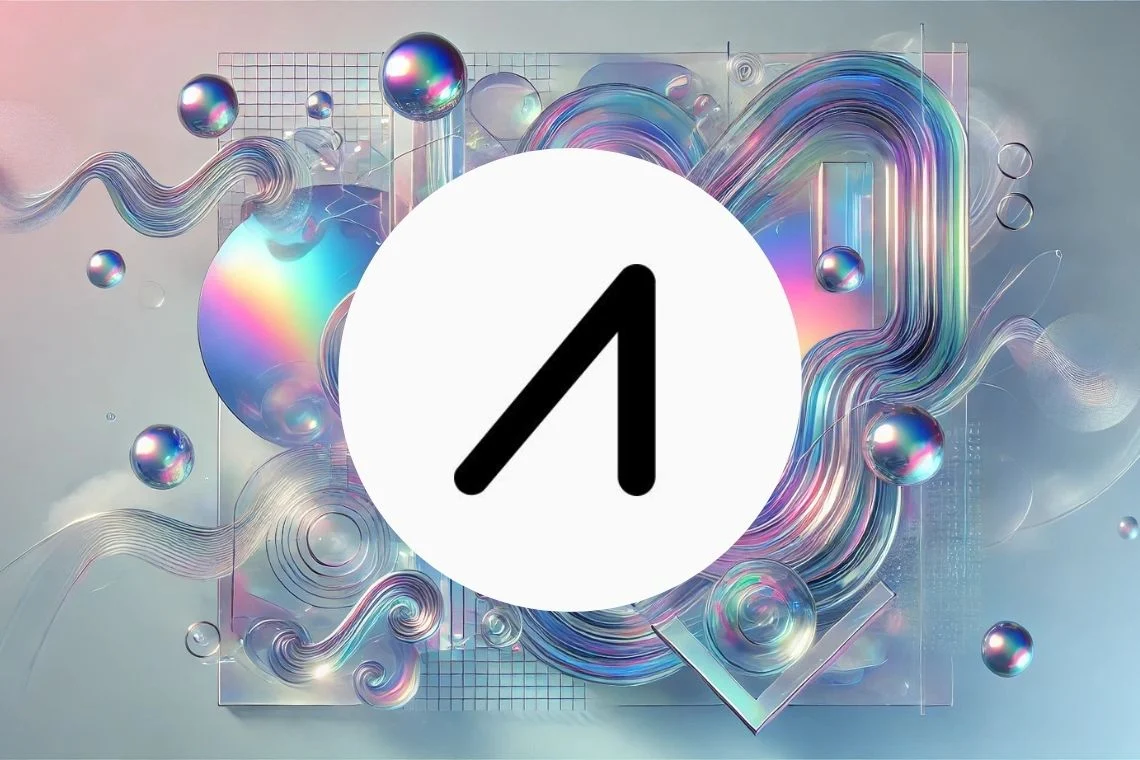
5 months ago
AIOZ Network: Pioneering Decentralized Infrastructure in 2024
The AIOZ Network is a notable player in the burgeoning sector of Decentralised Physical Infrastructure Network (DePin). Founded in 2017 by Erman Tjiputra, this blockchain platform is designed to revolutionize digital content storage, transmission, and monetization. Utilizing a Delegated Proof-of-Stake (DPoS) consensus mechanism, AIOZ can process up to 1,400 transactions per second, showcasing its scalability. The network operates on a decentralized content delivery system powered by over 217,000 P2P nodes, which are rewarded with the native AIOZ token for their contributions. AIOZ also provides a decentralized marketplace for AI assets, allowing users to monetize their resources while addressing concerns related to data centralization and user privacy.
In 2024, the AIOZ token experienced remarkable growth, skyrocketing approximately 700% from $0.14 to $1.12. This surge was fueled by a bull wave that began in February, attracting significant investor interest. Despite a brief pause during the summer, the token's value resumed its upward trajectory in November, maintaining strong support above the EMA 50. Currently priced at $1.02 with a market capitalization of $1.14 billion, AIOZ ranks #86 on CoinMarketCap. Looking ahead to 2025, the token is expected to continue benefiting from the DePin trend, although potential bearish movements could see it drop to around $0.80.
While AIOZ Network operates within the Ethereum and Cosmos ecosystems, the majority of DePin activity is concentrated on Solana. A recent report highlighted that four of the five largest decentralized physical infrastructure networks are based on Solana, with Grass leading the pack by contributing 2.5 million devices. The DePin sector has seen a substantial increase in demand for data processing, with top projects earning $500 million in revenue, marking a 33-fold growth from the previous year. AIOZ, positioned 14th in terms of node count, continues to be a significant player in this rapidly evolving landscape.

5 months ago
DIMO and CoinFund to Host DePIN Event in New York
DIMO is set to host an event in collaboration with CoinFund on January 15th in New York, focusing on DePIN insights and builder demonstrations. This gathering aims to bring together enthusiasts and developers in the decentralized physical infrastructure network (DePIN) space. The event will run from 6 PM to 8 PM EST and promises to be an engaging evening filled with valuable insights and networking opportunities. Attendees are encouraged to RSVP to secure their spot for this exciting occasion, as highlighted in DIMO's official announcement on social media.
DIMO operates as an open vehicle connectivity platform that allows car owners to connect their vehicles, manage their data, and potentially monetize this information. The platform is built on the Ethereum Virtual Machine, utilizing blockchain technology to create secure identities for users and vehicles through NFTs and smart contracts. DIMO emphasizes transparency and trust by leveraging open-source components, which enhances confidence among users and developers in the connected services and devices ecosystem.
The DIMO token plays a crucial role within the ecosystem, serving as the primary medium of exchange and incentive. Vehicle owners can earn tokens by sharing their data or utilizing specific services, which encourages active participation. This tokenized model not only fosters innovation among developers but also promotes the creation of cost-effective solutions and new application categories in the vehicle data sector. As DIMO continues to grow, it aims to revolutionize the way vehicle data is managed and monetized, benefiting both users and developers alike.
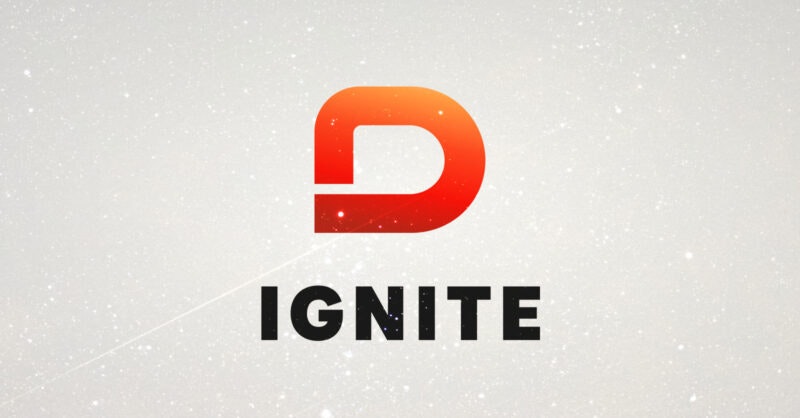
5 months ago
DIMO Ignite Grants Program: Fueling Innovation in the Ecosystem
The DIMO Ignite Grants Program has been launched to enhance the DIMO ecosystem by providing milestone-based funding to developers creating infrastructure and applications that improve the platform's utility and scalability. The program aims to attract builders who may lack capital and encourages open-source contributions, thereby fostering resilience within the DIMO network. The initiative emphasizes efficiency, aiming for a swift review process of 2-3 weeks for grant applications, with payments arranged within a week upon milestone completion.
The grant program categorizes funding into several areas, including application developers, hardware product development, and data integrators. Developers can receive Data Credits to cover costs associated with using the DIMO Protocol, as well as retroactive grants for successful app launches. Specific bounties are also available for innovative applications, such as a vehicle NFT sharing social network or a trip tracking app, with rewards ranging from $20,000 to $15,000. Additionally, DIMO builders can benefit from incentives offered by Base, a low-cost Ethereum layer 2 incubated by Coinbase, which includes opportunities for seed investment and retroactive funding.
DIMO is committed to decentralization and enhancing its developer tools, encouraging contributions that expand the platform's capabilities. The program is not an investment fund, and its success will be measured by the growth and resilience of the DIMO network rather than traditional ROI metrics. By broadening the pool of vehicles and data sources, DIMO aims to increase accessibility for drivers and value for app developers, ultimately enriching the connected car experience and beyond. The Ignite Grants Program represents a significant step towards realizing these goals, fostering a vibrant community of developers and innovators within the DIMO ecosystem.
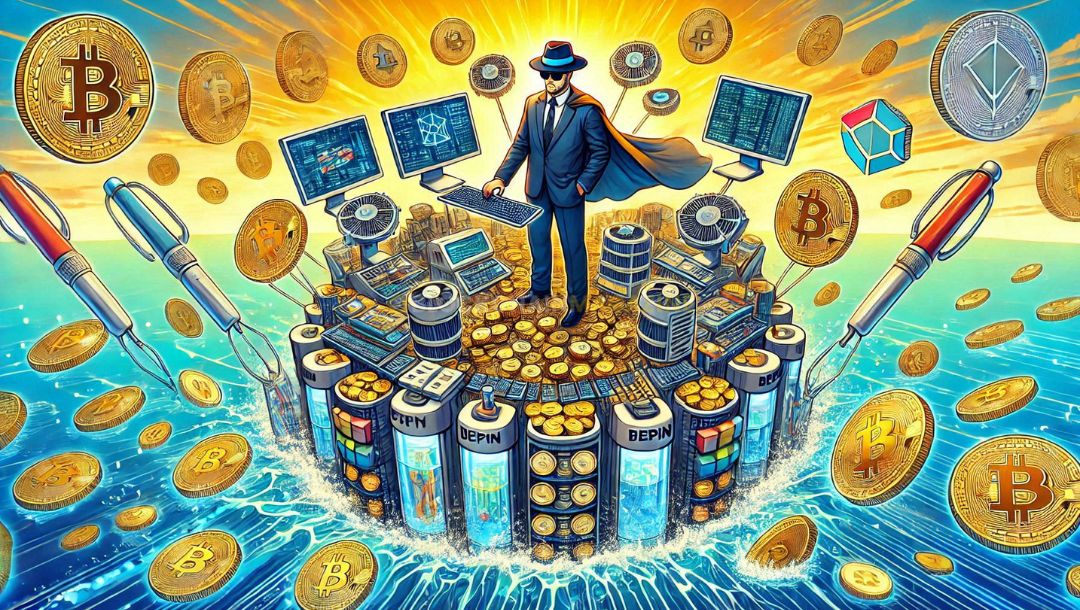
5 months ago
Revolutionizing Infrastructure: The Rise of DePin Crypto
Decentralized Physical Infrastructure Networks (DePin) are revolutionizing the way we think about real-world infrastructure by leveraging blockchain technology. This innovative approach aims to redistribute power from centralized corporations back to the community, making systems like storage and streaming more accessible and equitable. With a surge in interest, several DePin coins are emerging as key players in this space, offering unique solutions and investment opportunities. Notable projects include Chirp, Render, BitTorrent, Filecoin, Theta Network, MultiversX, and Ocean Protocol, each contributing to the decentralization movement in distinct ways.
Chirp stands out as a decentralized telecommunications network built on the Sui blockchain, focusing on IoT connectivity. By allowing users to operate their devices and earn CHIRP tokens, it incentivizes participation and fosters a more interconnected digital landscape. Render Network, on the other hand, connects creators with GPU providers, democratizing access to rendering services. Its recent transition from Ethereum to Solana has enhanced transaction speeds, making it a favorite among creatives. Meanwhile, BitTorrent has evolved into a decentralized file-sharing platform, rewarding users with BTT tokens for sharing files, showcasing the potential of community-driven content distribution.
Filecoin operates like an Airbnb for data storage, enabling users to rent out digital storage space while ensuring data security through blockchain verification. Theta Network is redefining video streaming by allowing users to share bandwidth, enhancing content delivery while rewarding participation with TFUEL tokens. MultiversX offers a scalable blockchain infrastructure, facilitating efficient transactions for various applications, while Ocean Protocol focuses on decentralized data exchange, supporting AI and machine learning through tokenized datasets. As DePin continues to grow, these projects exemplify the shift towards a more decentralized and user-centric digital economy.
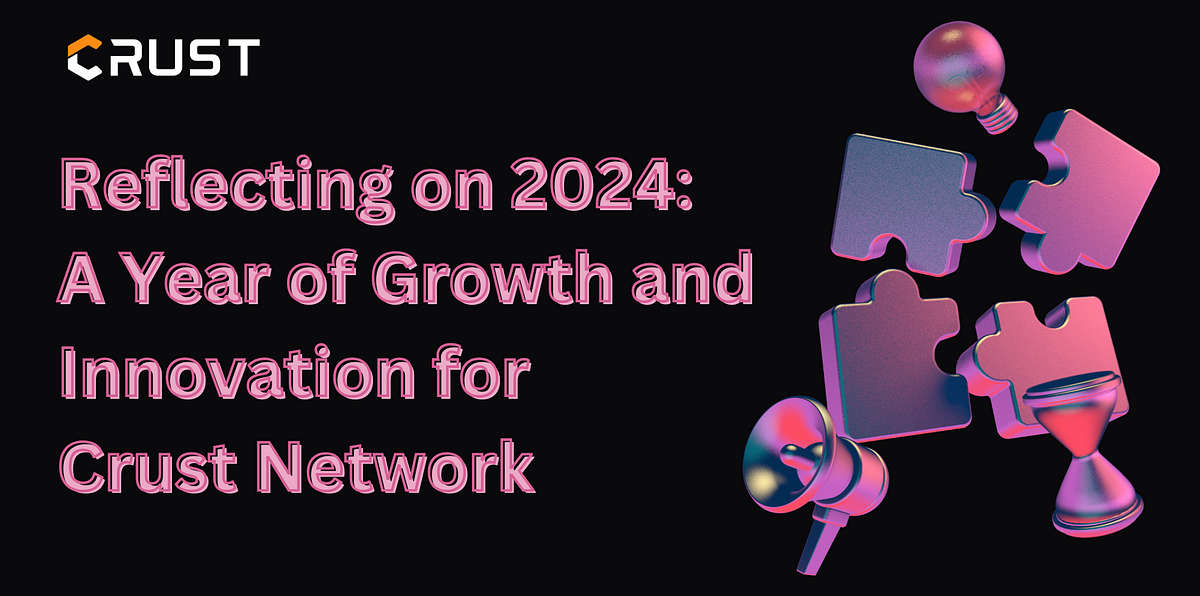
5 months ago
Crust Network's Milestones and Future Directions for 2025
As we approach the end of 2024, Crust Network has expressed heartfelt gratitude to its community for their unwavering support, which has been pivotal in achieving significant milestones in decentralized storage. This year, the network has made remarkable strides, hosting over 3.11 million files and maintaining a stable node count of over 1500, with a total storage capacity exceeding 700 PB. These achievements not only highlight the growing adoption of Crust within the Web3 ecosystem but also set the stage for further expansion in 2025. The relaunch of the Community Gateway Recruitment Program aims to attract gateway providers from the US and Europe, incentivizing participation with additional CRU rewards.
In terms of technical developments, Crust unveiled EthDA, a groundbreaking Data Availability network native to the Polygon CDK, which integrates support for Polygon zkEVM. This initiative is a significant step in enhancing the Ethereum Layer 2 solutions' capabilities. Additionally, Crust has made strategic adjustments to EthDA's positioning to align with market demands, optimizing resource allocation, and reducing redundancy. The enhancements to Crust Files, Crust Cloud, and IPFS Scan further demonstrate the commitment to providing accessible decentralized storage solutions, while contributions to Ethereum's EIP standards underscore Crust's active role in the ecosystem.
Looking ahead to 2025, Crust is poised to deepen its focus on Decentralized Physical Infrastructure Networks (DePIN), aiming to transform traditional infrastructure through decentralized solutions. The growing demand for storage solutions driven by AI and Big Data presents a compelling opportunity for Crust to innovate and expand its user base. Plans for developing lightweight storage nodes will enable broader participation in the network, fostering collaborations with other DePIN projects. As Crust continues to lead in decentralized storage, its commitment to innovation and community engagement will play a crucial role in shaping the future of the Web3 landscape.
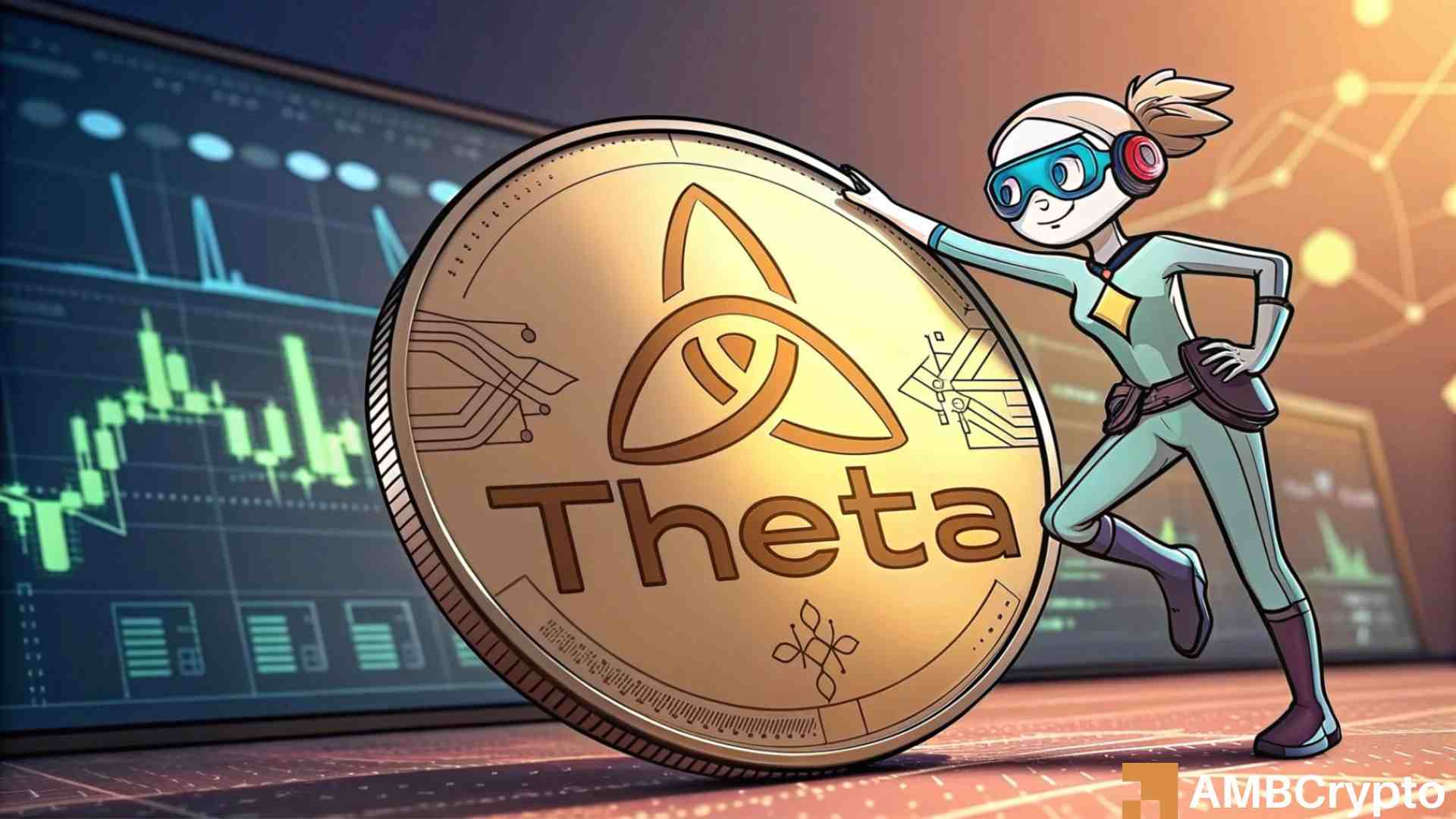
5 months ago
THETA Shows Bullish Signs Amid Market Uncertainty
As of December 27, 2024, THETA, the native token of Theta Network, is drawing significant attention from crypto traders due to a bullish price action pattern observed on its daily timeframe. Despite the larger cryptocurrency market facing challenges, with major assets like Bitcoin and Ethereum struggling, THETA has shown resilience. Currently, 69.2% of top traders on Binance are holding long positions in THETA, reflecting a strong bullish sentiment. The token's Relative Strength Index (RSI) is at 43, suggesting potential for upward momentum, especially as traders and whales continue to accumulate the asset following a recent price correction.
Technical analysis indicates that THETA has formed a descending triangle pattern, positioning it for a possible breakout. The altcoin has successfully retested its crucial support level at the 200 Exponential Moving Average (EMA). If THETA manages to break above the $2.41 mark, analysts predict it could surge by 37% to reach $3.33. The recent price action, combined with a significant $2.02 million in THETA outflows from exchanges, signals strong buying pressure and a potential increase in value as assets are moved to long-term holders' wallets.
In addition to the bullish on-chain metrics, the trading dynamics on Binance further bolster THETA's outlook. The long/short ratio for THETAUSDT stands at 2.25, indicating that traders are leaning heavily towards long positions. Although THETA's price has seen a slight decline of 1% in the last 24 hours, the overall market sentiment remains optimistic. With lower trading volume noted, it appears that traders are cautiously watching for the next significant movement in THETA's price trajectory.
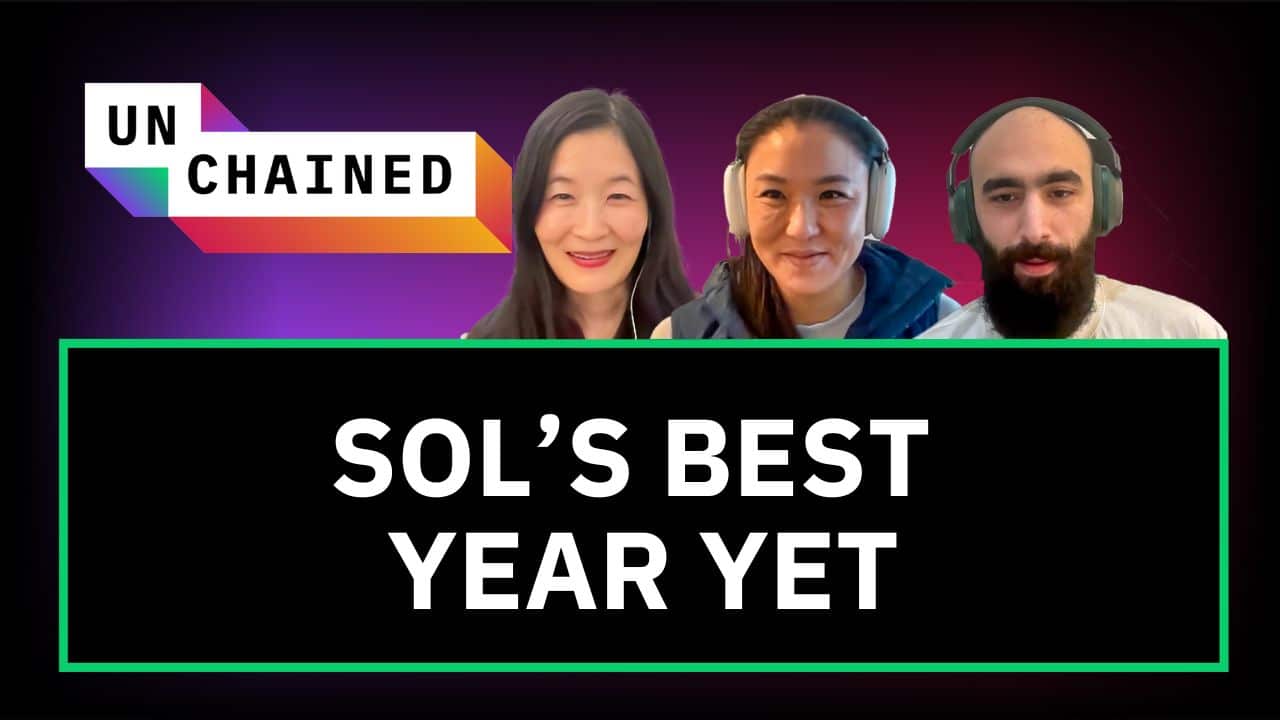
5 months ago
Solana's Ambitious Vision: Carving a Unique Niche in the Blockchain Space
2024 has proven to be a pivotal year for Solana, marked by a significant increase in developer activity and innovative advancements in decentralized physical infrastructure networks (DePIN). The Solana ecosystem is ambitiously positioning itself as a "decentralized Nasdaq," aiming to distinguish itself from competitors such as Ethereum and Layer 2 solutions like Base. In a recent episode of Unchained, Lily Liu, president of the Solana Foundation, and Mert Mumtaz, CEO of Helius, discussed the unique strategies Solana is employing to carve out its niche in the competitive blockchain landscape.
During the episode, the guests debated the potential of Base as a competitor to Solana, with Liu expressing confidence that Base does not pose a significant threat. They also addressed concerns surrounding the upcoming 2025 token unlocks, revealing that they are not particularly worried about the implications of these events. Furthermore, the conversation touched on Solana's innovative approach to miner extractable value (MEV) and how it could influence the network's future. The guests highlighted the reasons behind the influx of developers into the Solana ecosystem in 2024, emphasizing the platform's commitment to fostering unique innovations rather than merely replicating existing models from Ethereum.
The discussion also explored the potential of the Solana mobile phone to compete with established tech giants and the broader challenges facing the ecosystem. Mert Mumtaz shared insights on what network extensions mean for Solana, while both he and Liu underscored the importance of DePIN in showcasing the true value of blockchain technology. Their insights reflect a strong belief in Solana's vision and its capacity to endure amidst the evolving crypto landscape, positioning it as a formidable player in the years to come.

5 months ago
Ethereum Could Reach $14,600 by 2025, Analyst Predicts
A prominent crypto trader has presented an optimistic forecast for Ethereum (ETH), suggesting that the altcoin could reach five-digit prices by 2025. In a recent video update, Guy Turner, the host of CoinBureau, shared his insights with his 2.58 million YouTube subscribers. He believes that barring any unforeseen events, ETH is poised to surpass its previous all-time high of approximately $4,878, which was recorded in November 2021. Turner emphasizes that once this threshold is crossed, there will be no historical resistance levels to impede its ascent, leading to a phase of price discovery that could propel ETH significantly higher.
Utilizing Fibonacci extension levels, Turner posits that a conservative target for ETH could be around $7,300, corresponding to the 1.618 Fibonacci level. This analysis is grounded in technical analysis principles, where traders employ Fibonacci ratios to set profit targets and identify potential price pullbacks. However, he also speculates that if Bitcoin (BTC) experiences a substantial increase, potentially reaching $200,000, ETH could soar even further to approximately $14,600. He notes that this scenario, while ambitious, is plausible if BTC's gains lead to a capital rotation into ETH.
As of the latest data, Ethereum is trading at $3,686, reflecting a 5.5% decline in the past 24 hours, while Bitcoin is priced at $101,143, down 4.6% on the day. Turner's analysis underscores the volatile nature of the cryptocurrency market and the potential for significant price movements in the coming years. Investors are advised to conduct thorough research and consider the inherent risks associated with cryptocurrency investments before making any decisions.
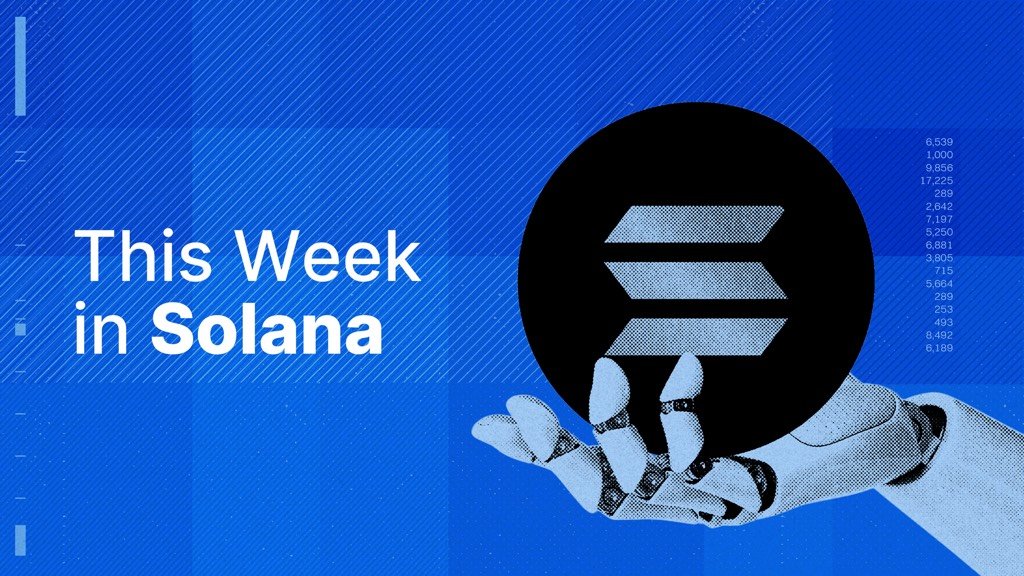
5 months ago
Solana Faces Price Decline but Gains Ground in Developer Activity and Institutional Interest
Solana's recent performance has been a mixed bag, as the cryptocurrency experienced a 2.82% decline this week, bringing its total drop since the all-time high on November 23 to 18%. Despite this downward trend, institutional interest in Solana remains strong. Bitwise has launched a Solana staking exchange-traded product (ETP) in Europe, while Van Eck invested $2.5 million in the Solana DePIN project DAWN. These developments highlight that while Solana's price struggles, its ecosystem continues to attract significant investments and innovations.
In terms of user engagement, Solana saw a notable increase in daily active addresses, surpassing 6.5 million, which indicates healthy participation within its network. The total value locked (TVL) in DeFi also rebounded to over $9 billion, solidifying Solana's position as the second-largest decentralized finance network. However, the decentralized exchange (DEX) volume took a hit, with a nearly 12% drop, reflecting the volatility within the market. Notably, Lifinity, a previously high-performing DEX, saw a significant decline of nearly 40%, while Raydium managed to post minor gains amidst the chaos.
Amidst these fluctuations, Solana has achieved a remarkable milestone by onboarding more new developers than Ethereum for the first time in eight years. This surge in developer activity is a promising sign for Solana's future, as it continues to innovate and expand its ecosystem. However, the overall market sentiment remains cautious, with altcoins losing strength against Bitcoin. As Solana navigates these challenges, it is crucial for investors to remain vigilant and informed about the evolving landscape of the cryptocurrency market.
Signup for latest DePIN news and updates